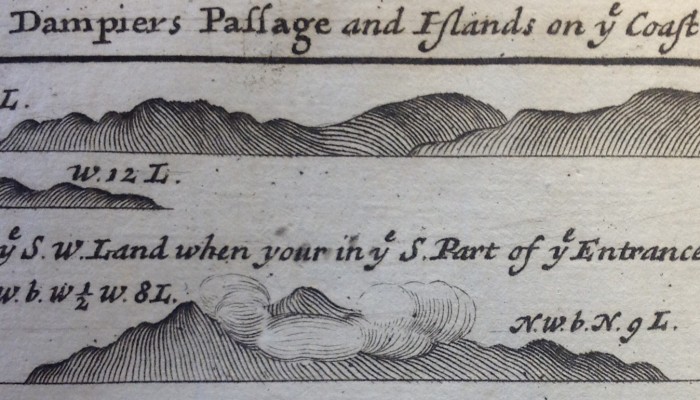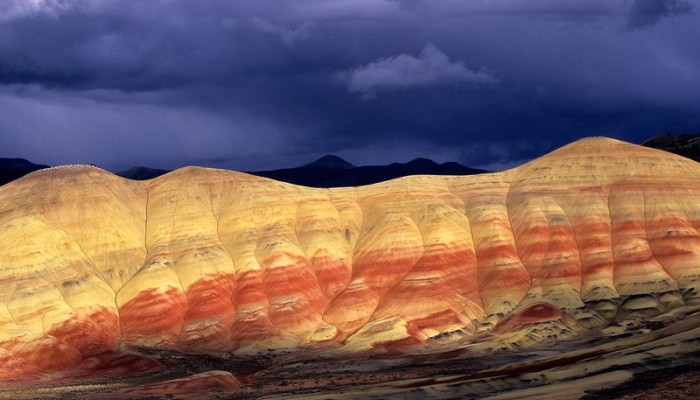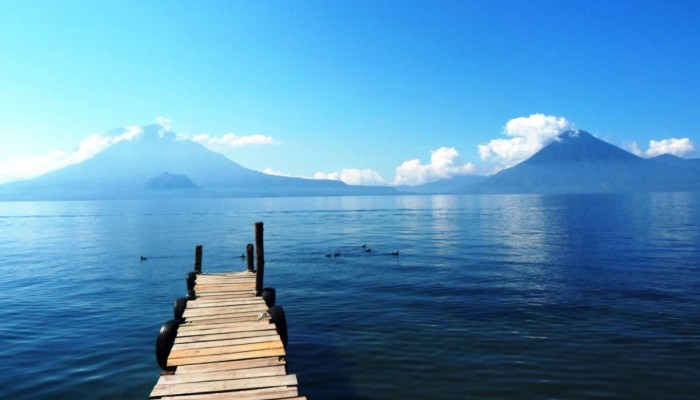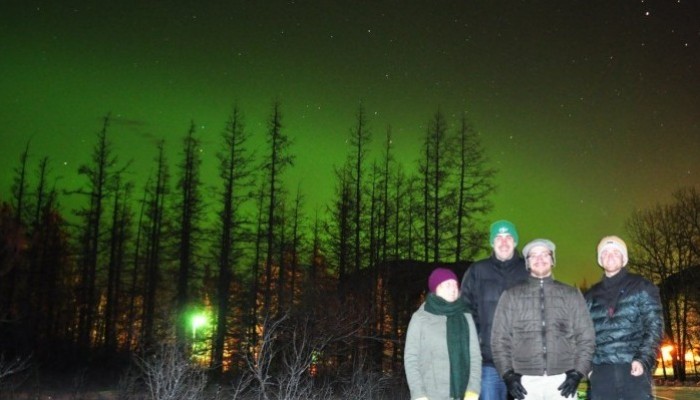Every year, we showcase a great selection of geoscience films at the EGU General Assembly and after five successful years we will again be running GeoCinema in 2015. If you’ve shadowed a scientist in the lab, filmed fantastic spectacles in the field, or have produced an educational feature on the Earth, planetary or space sciences, we want to hear from you. GeoCinema features short clips and longe ...[Read More]
If you didn't find what you was looking for try searching again.
VolcanicDegassing
William Dampier and the Burning Islands of Melanesia
A tweet from Jenni Barclay about a Pirate Scientist gave me an excuse to visit the newly opened reading rooms in the Bodleian’s Weston Library.. William Dampier was a seventeenth century pirate, and later maritime adventurer, whose several books of ‘Voyages and Discoveries’ make for fascinating reading. In 1699, he set sail in HMS Roebuck to try and find Terra Australis, a mythic ...[Read More]
Seismology
Great news: Appeals court overturns manslaughter convictions of six earthquake scientists
Finally some sense: Appeals court overturns manslaughter convictions of six earthquake scientists. Various news portals are reporting that the top Italian scientists had their verdict over turned, hence found not guilty! Read further here: http://news.sciencemag.org/earth/2014/11/updated-appeals-court-overturns-manslaughter-convictions-six-earthquake-scientists
GeoLog
Imaggeo on Mondays: Painted Hills after the storm.
The geological record preserved at John Day Fossil beds, in Oregon, USA, is very special. Rarely can you study a continuous succession through changing climates quite like you can at this National Park in the USA. It is a treasure trove of some 60,000 plant and animal fossil specimens that were preserved over a period of 40 million years during the Cenozoic era (which began 66 million years ago). ...[Read More]
Geology for Global Development
Images of Guatemala (5) – Lake Atitlan
Lake Atitlan, Guatemala. A picture we’ve shared on this blog before – but well worth including in our Images from Guatemala series. Taken from Panajachel, and looking across to the volcanoes of Atitlan (right) and Toliman (left). The small mound in front of Toliman is known as Cerro de Oro. The lake fills a significant caldera (volcanic crater), formed from an eruption known as the Lo ...[Read More]
GeoLog
GeoTalk: Beate Humberset
In this edition of Geotalk, the regular feature were we highlight the work and achievements of early career researchers, we are talking to Beate Humberset, the winner of the Outstanding Student Poster (OSP) Award for the Solar- Terrestrial Sciences Division (ST) in 2013. In addition, Beate is the Young Scientist Representative for the ST Division so we will also touch upon her responsibilities in ...[Read More]
Seismology
EGU Election Autumn 2014
You are invited to take part in the EGU Election Autumn 2014. You have the opportunity to vote for the next EGU Treasurer and Division Presidents. All candidates, their CVs and statements, as well as your electronic ballot paper can be found at: http://www.egu-elections.eu/d97063230e00961cbf98009c44695e80de288c037b96072/ Please note that your electronic ballot paper key is unique and it will be in ...[Read More]
GeoLog
Imaggeo on Mondays: Salted Moon
The eerie landscape depicted in our Imaggeo on Mondays image, is brought to you by Donatella Spano (University of Sassari, Italy). This picture was taken at Mammoth Hot Springs, one of the largest hot spring areas at Yellowstone National Park, Wyoming, United States on August 10, 2010. Mammoth Hot Springs is divided into two sections, the Lower Terrace and the Upper Terrace Loops. The photo below ...[Read More]
Between a Rock and a Hard Place
Facing up to the big V
The nights are drawing in, the air is getting colder and here in Bristol it seems like viva season is in full swing. Enough time has elapsed since my own viva that I thought I would share my thoughts about what to expect on the big day. Whilst everybody’s experience is different, from talking to fellow alumni there do seem to be some common themes: Your examiners are human. The main thing to ...[Read More]
GeoLog
The known unknowns: Climate, Life, and the Solid Earth (Part V)
After four fascinating instalments in the known unknowns series we have (sadly) come to the final post. Since the series began in September we have explored the top questions that still remain unanswered when it comes to understanding the inner workings of the planet as well as how the interplay of a number of systems that occur at the Earth’s surface give rise to its varied landscapes. The series ...[Read More]




